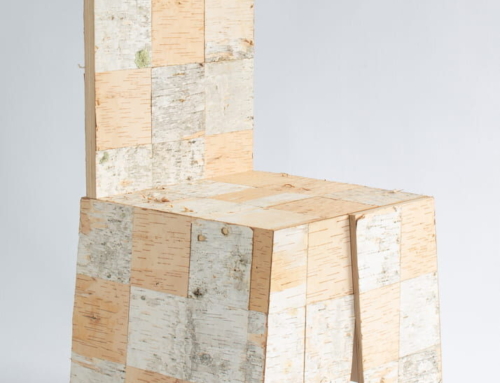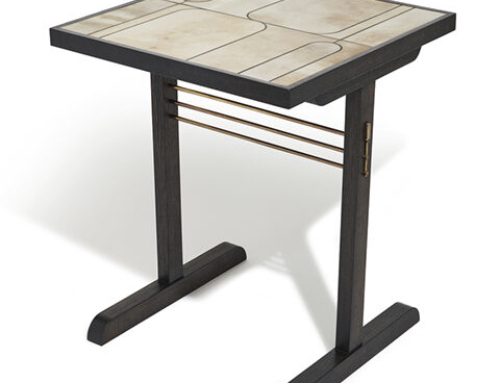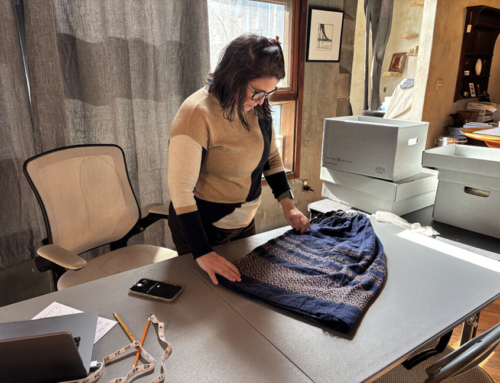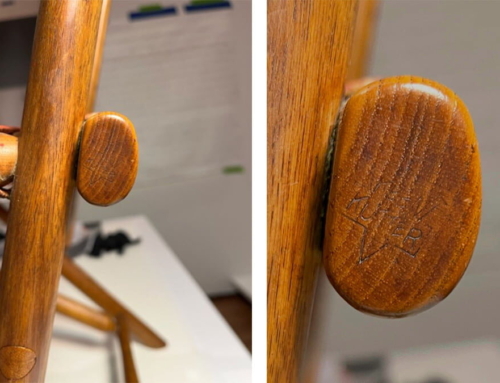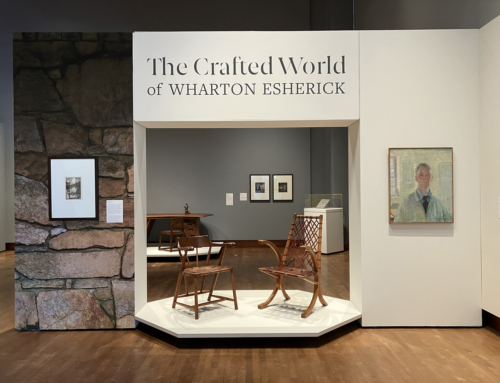“I used to walk up there and look at the sunset. That’s a marvelous place to look at the sunset. In those days these trees weren’t so high… I remember an old oak tree I used to go up there and sit under and look out to the west in the afternoon and relax. It was a wonderful old tree.” —Wharton Esherick on choosing the site for his 1926 Studio
What have you been watching or listening to recently? The Wharton Esherick Museum staff have had our eyes and ears glued to our newly digitized collection of oral history interviews and our small collection of film. In 2024 we engaged the services of a leading audio-visual specialist George Blood LP to digitize our collection of reels, cassettes, and mini-DV tapes with funding from the Wyeth Foundation for American Art. Considering the Museum doesn’t have the requisite technology to play types of media from generations past, many of these interviews and films haven’t been seen or heard in decades! Now that we have digital copies of this media for the first time, we’re digging in!
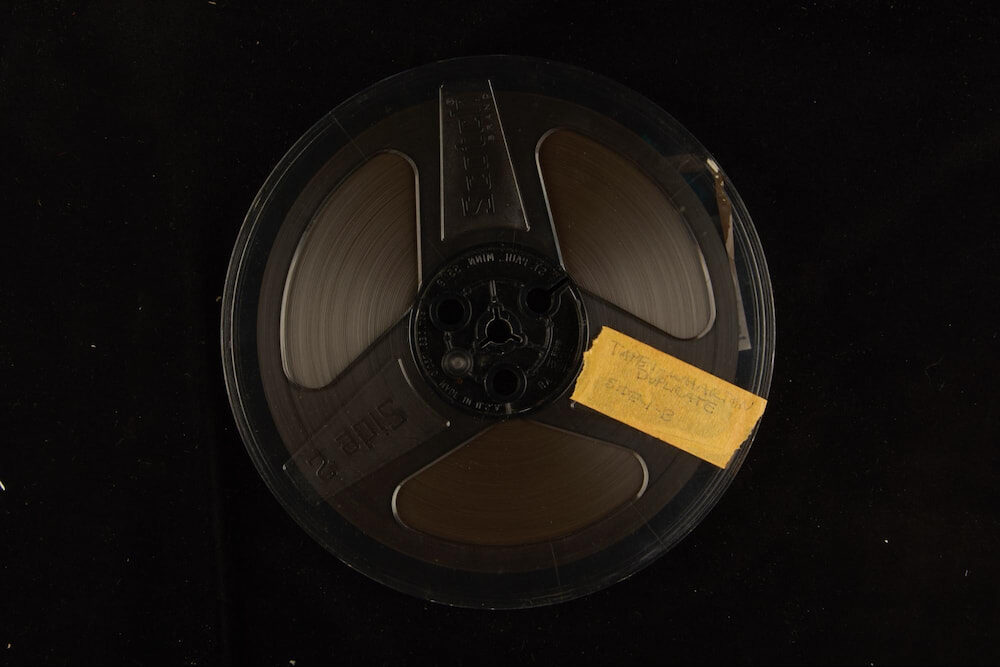 Reel-to-reel tape with one of Wharton Esherick’s interviews, ca. 1960s
Reel-to-reel tape with one of Wharton Esherick’s interviews, ca. 1960s
A majority of the Wharton Esherick Museum’s Oral History Collection is made up of interviews conducted by WEM founders Bob Bascom and Ruth Esherick Bascom during the 1970s and 1980s. Much of the content they gathered from these interviews was fodder for Bob’s book Wharton Esherick: Journey of a Creative Mind. Bob and Ruth took the time to conduct interviews with dozens of people including Wharton Esherick at the end of his life, as well as his family members, friends, clients, collaborators, and colleagues. Included in these oral histories, for example, are interviews with Esherick’s lumber supplier Ed Ray, architect Anne Tyng, and important clients such as Marjorie Content, Nat and Rose Rubinson, and the Roves.
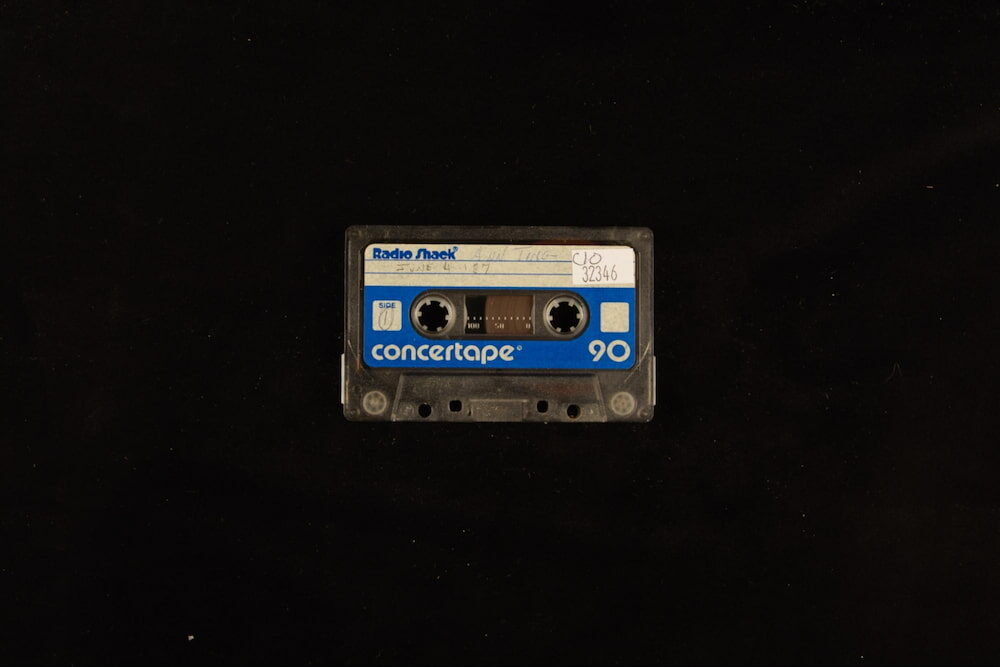 Cassette tape with Anne Tyng interview, 1987.
Cassette tape with Anne Tyng interview, 1987.
This rich collection gives us a sense of Esherick’s interpersonal relationships and each interviewee offers a unique perspective on this artist’s life and legacy. The furniture, sculpture, and campus of sculptural buildings stewarded by WEM preserves a part of Wharton Esherick’s spirit. However, these interviews reveal particular qualities about Esherick and the way he felt that a desk or sculpture could never fully describe.
We have been able to access some content previously such as the video of Wharton Esherick helping install his solo exhibition at the Museum of Contemporary Crafts in New York City in 1958. This film debuted in the Spotlight Talk Wharton Esherick at the Museum of Contemporary Crafts, 1958, then in our 2024 exhibition Rhythms of Work. However, the film quality was left wanting as it had undergone numerous transfers from its original media before it was digitized. Now, with the help of experts, the newly digitized copy transferred directly from the original mid-century film has made things clearer, down to the pinstripes on Wharton’s suit.
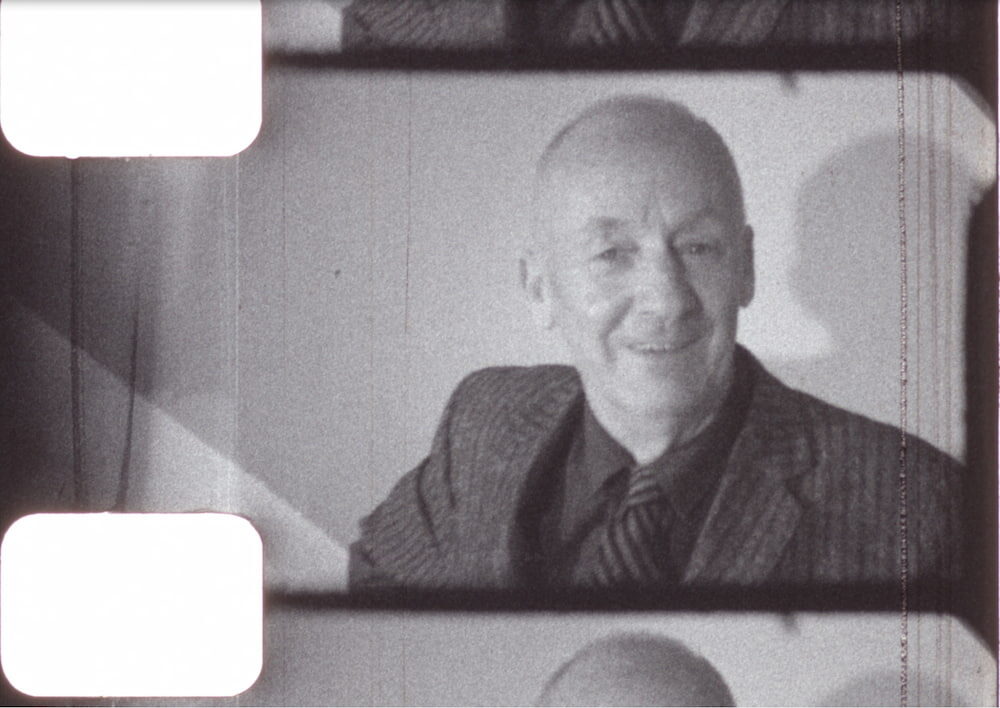 Screen capture of digitized film showing Museum of Contemporary Crafts Installation, 1958.
Screen capture of digitized film showing Museum of Contemporary Crafts Installation, 1958.
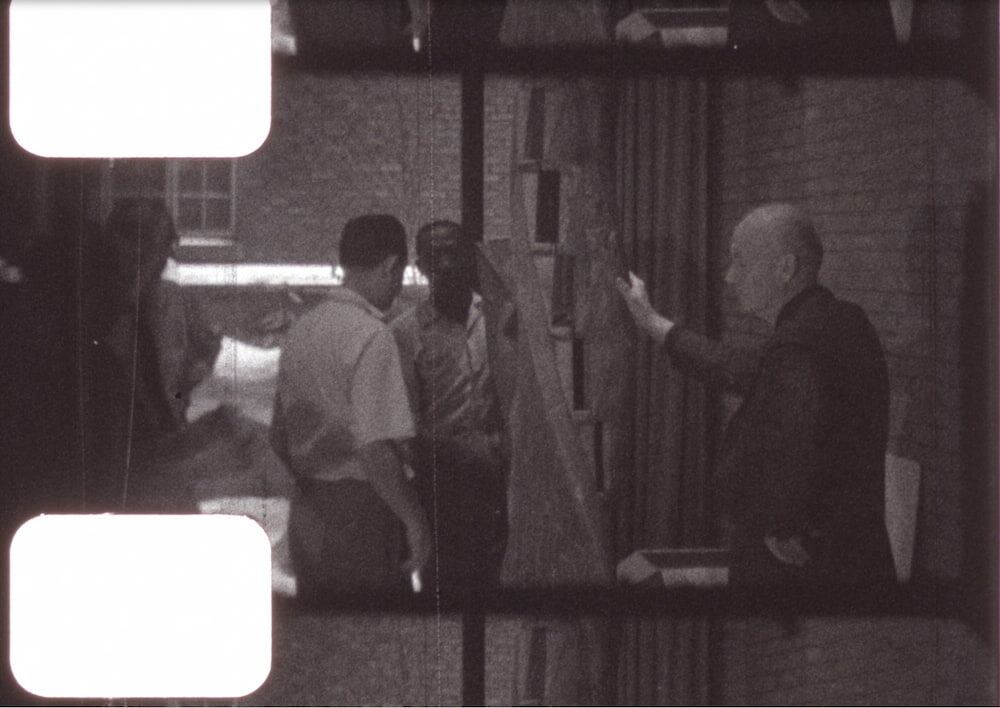 Screen capture of digitized film showing Museum of Contemporary Crafts Installation, 1958.
Screen capture of digitized film showing Museum of Contemporary Crafts Installation, 1958.
Enjoy the restored video footage of Wharton Esherick helping to install his solo show at the Museum for Contemporary Craft (1958):
WEM’s archives, including the oral history collection, are open to researchers by appointment; details and finding aids can be found here. For more information, please contact Holly Gore at [email protected].
Post written by Ethan Snyder, Public Programs & Collections Manager
April 2025

